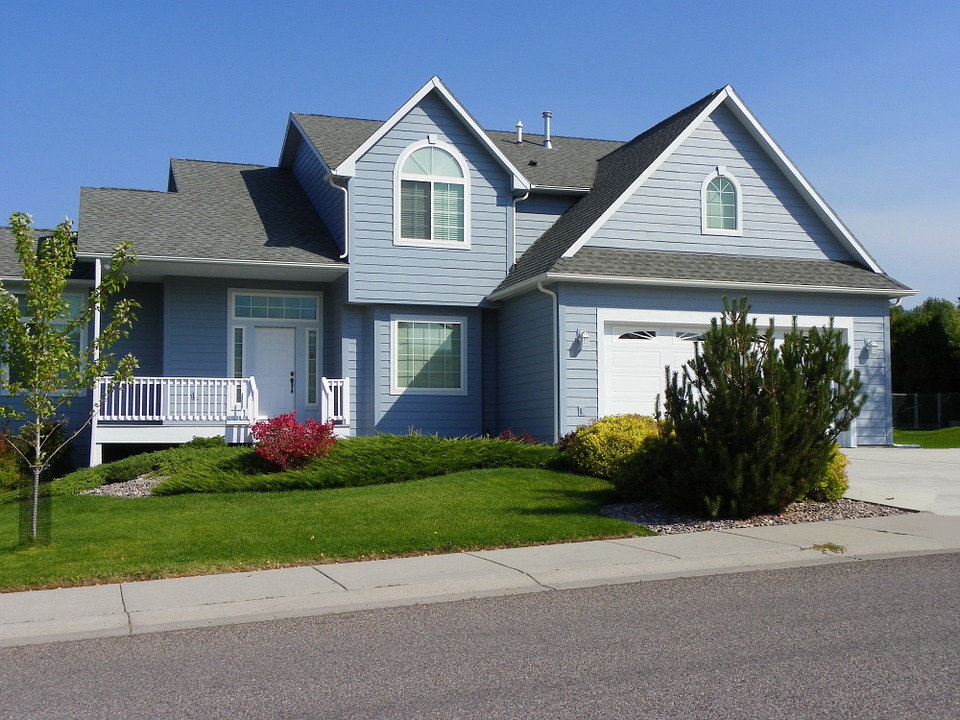Living in a flood zone comes with unique challenges and responsibilities that homeowners and renters should understand. Flood zones are areas identified by the Federal Emergency Management Agency (FEMA) as having a higher risk of flooding due to proximity to rivers, lakes, coasts, or low-lying regions. Living in these areas doesn’t mean disaster is inevitable, but preparation is crucial.
One of the first things to consider is insurance. Standard homeowners’ insurance typically does not cover flood damage. A separate flood insurance policy is essential for protection against costly repairs or loss of belongings. FEMA-backed policies are widely available and can be tailored to your property’s risk level.
It’s also important to be aware of building and safety measures. Elevating your home, installing flood vents, and using water-resistant materials for basements and lower levels can reduce damage during a flood. Local government resources often provide guidance on floodproofing and evacuation routes.
Staying informed is another key step. Sign up for community alerts and weather warnings so you can act quickly if flooding is imminent. Keep an emergency kit with essentials such as food, water, medications, and important documents ready.
Lastly, consider long-term planning. Flood-prone areas may affect property value, resale potential, and personal safety. Understanding the risks, preparing your home, and staying alert can make living in a flood zone manageable and give peace of mind despite the challenges.
This proactive approach ensures that residents in flood zones can minimize damage, protect their families, and navigate flood risks confidently.


Recent Comments